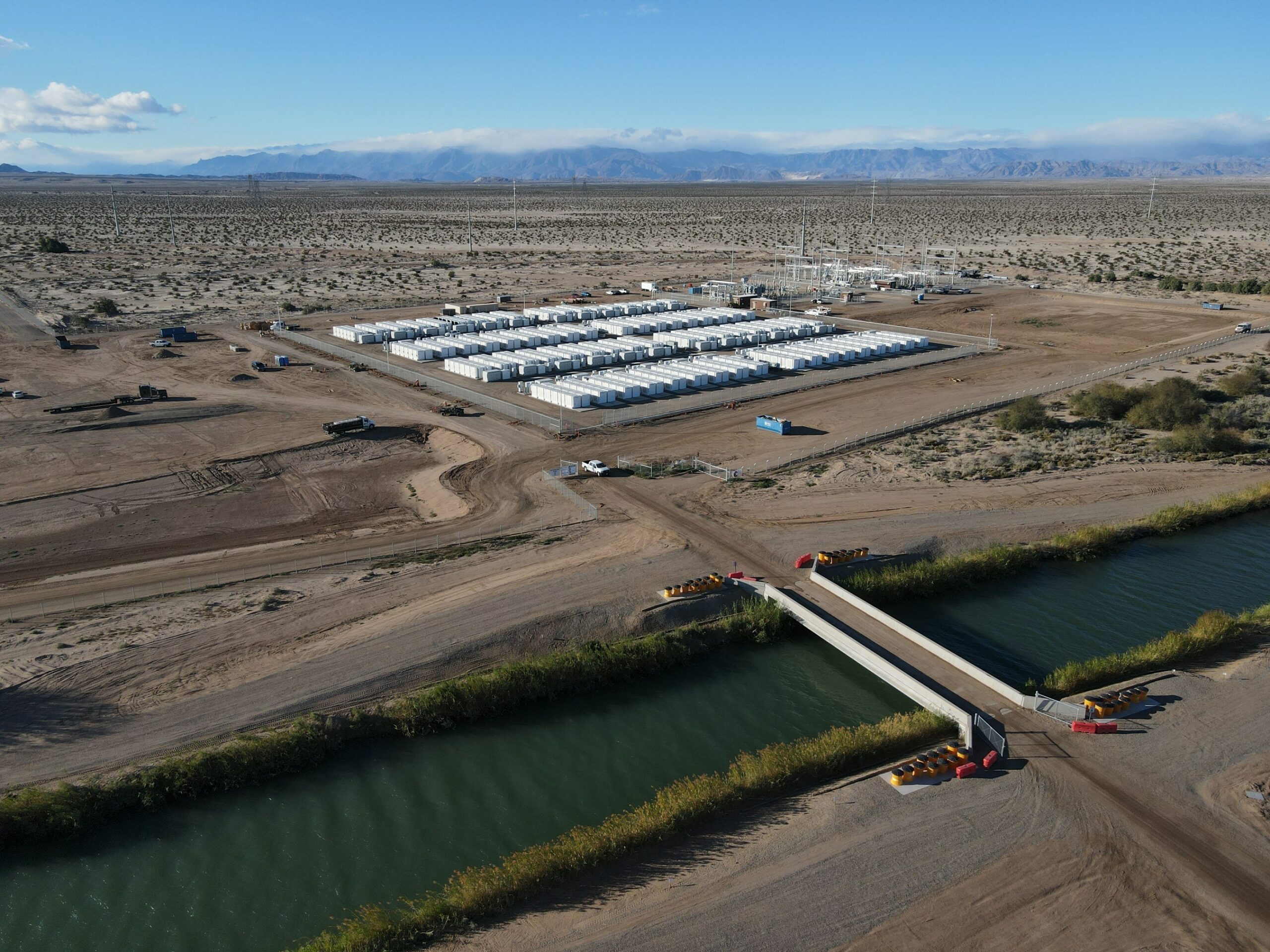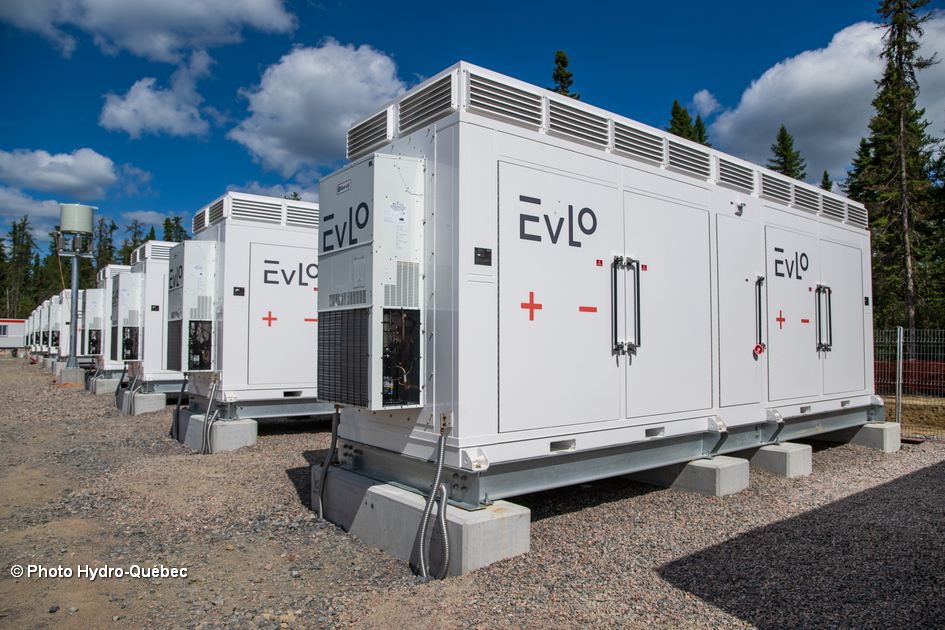Energy storage is paired with renewable energy to balance the grid, match intermittent supply and demand, and provide reserve power for when it is needed most, among other functions. Over 82% of actively planned capacity additions in the United States are solar, wind, and energy storage, with solar representing over 50% of all planned U.S. generation capacity.
A report from American Clean Power Association (ACP) and Wood Mackenzie project that the nation may add as much as 75 GW of energy storage between 2023 and 2027 to meet the needs of an evolving grid.
Energy storage has been ramping up considerably in recent years. In 2017, only 288 MW / 645 MWh was added. Five years later, in 2022, 4.8 GW / 12.1 GWh was brought online. The 2022 total for deployment was nearly equal to the totals in 2020 and 2021 combined, as deployment rates continue to heat up.
“Grid-scale installations account for approximately 60 GW, 81% of the new capacity added [through 2027],” said Vanessa Witte, senior analyst, Wood Mackenzie.
Here are three recent project announcements that are contributing toward the rapid ramp up of energy storage nationwide.
Major utility project
California utility San Diego Gas & Electric announced it has completed two energy storage facilities totaling 171 MW / 684 MWh. The storage facilities hold enough electricity to power the equivalent of 130,000 homes for four hours.

The storage was added across two projects: the 131 MW Westside Canal project in Imperial Valley and the 40 MW Fallbrook project in northern San Diego County. The utility’s total storage portfolio is expected to reach 345 MW of capacity by the end of the year, capable of meeting over 15% of its customers’ demand on a typical day and 7% on a peak day.
“The beauty of energy storage is it can help California solve two problems simultaneously. It can soak up surplus renewable energy during the day, so solar and wind farms don’t have to cut off production when demand on the grid is low,” said SDG&E’s Vice President of Energy Innovation Miguel Romero. “By extending the availability of clean energy to peak evening hours, energy storage can also help California achieve its clean energy goals by reducing reliance on conventional power plants to meet peak electricity demand.”
National lab collaboration
EVLO Energy Storage, a subsidiary of Hydro-Quebec, announced its first storage project in the U.S., adding a 3 MW / 12 MWh project in Troy, Vermont.

The project includes a $2 million cost-share partnership with the U.S. Department of Energy Sandia National Laboratory. It will provide data to the laboratory to support analysis of how batteries can support export of energy from the region.
The company will install EVLO 1000 unit batteries, power converters, and its energy management system. The project will be commissioned by the end of 2023 and EVLO will maintain and monitor for 20 years.
“With this project, we’re excited to demonstrate how it can benefit utility customers and the New England grid,” said Sonia St-Arnaud, president and chief executive officer, EVLO.
Gas plant storage
Energy storage is sometimes used as a replacement for natural gas peaker plants that are fired up during the highest-demand times on the grid. A new project in California by Ameresco will instead opt for co-locating storage with gas facilities, allowing stored renewables and gas peakers to operate in concert.
Four co-located battery projects at gas plants owned by Middle River Power, an independent power producer, will add 379 MWh of capacity to the grid. The storage duration was not disclosed, though most projects of this type opt for four-hour duration.
The work is expected to kick off in Summer 2023 and reach completion in Q3 of 2024.
“The energy storage assets allow for the shifting of solar energy from the middle of the day to supply the grid during evening peak hours, while maintaining our natural gas facilities as a flexible, reliable backstop,” said Mark Kubow, chief executive officer of Middle River Power.
This content is protected by copyright and may not be reused. If you want to cooperate with us and would like to reuse some of our content, please contact: editors@pv-magazine.com.









By submitting this form you agree to pv magazine using your data for the purposes of publishing your comment.
Your personal data will only be disclosed or otherwise transmitted to third parties for the purposes of spam filtering or if this is necessary for technical maintenance of the website. Any other transfer to third parties will not take place unless this is justified on the basis of applicable data protection regulations or if pv magazine is legally obliged to do so.
You may revoke this consent at any time with effect for the future, in which case your personal data will be deleted immediately. Otherwise, your data will be deleted if pv magazine has processed your request or the purpose of data storage is fulfilled.
Further information on data privacy can be found in our Data Protection Policy.